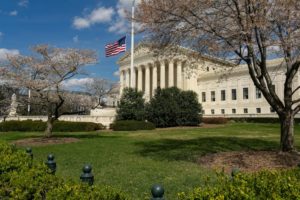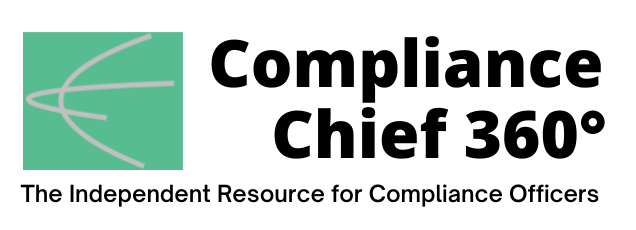
In a major judicial ruling, the Supreme Court overruled a long-standing doctrine that permitted courts to defer to federal agencies on the interpretations of ambiguous laws. In the case of Loper Bright Enterprises v. Raimondo, the Court invalidated the “Chevron Deference” doctrine which effectively shifts the power to interpret complex statutes from federal agencies to federal courts.
In Chief Justice John Roberts’s opinion overruling the 40-year-old precedent, the Court strongly emphasized that courts should be the ones to “decide legal questions by applying their own judgment” and “it thus remains the responsibility of the court to decide whether the law means what the agency says.” The ruling essentially strips federal agencies such as the Securities and Exchange Commission from interpreting any ambiguities in a federal law and as a result abandons a doctrine that long been known as a cornerstone of administrative law.
Many in the legal industry believe that this ruling will result in a substantial increase in litigation challenging federal regulations. According to Douglas Hallward-Driemeier, head of the appellate and Supreme Court practice at Ropes & Gray, “litigants who were previously deterred from challenging federal government policies because of their poor odds under the Chevron doctrine will now be emboldened by the leveling of the playing field.”
Within his majority opinion, Chief Justice Roberts provided support for his conclusion. “Even when an ambiguity happens to implicate a technical matter, it does not follow that Congress has taken the power to authoritatively interpret the statute from the courts and given it to the agency,” Roberts said. “Courts, after all, do not decide such questions blindly,” but rely on the briefs and facts that the parties provide, including the records and reports of the expert agencies involved.
Although the end of the Chevron doctrine marks a significant transfer of power from agencies to the judicial system, it does not entirely prevent courts from deferring to an agency’s interpretation of an ambiguous law. The Court’s ruling merely states that courts are no longer required to assume that legal ambiguities require them to defer to the agency’s interpretation.
Agencies’ interpretations of laws will continue to receive a level of persuasiveness based on the influence of the agencies’ views. Factors influencing this persuasiveness may include how soon after the statute’s enactment the agency adopted the interpretation and the consistency with which the agency has maintained that interpretation over time.
Implications of the Court’s Abandonment of Chevron
In abandoning the Chevron doctrine, the Court has seemingly ruled in favor of those who are often dissatisfied with agency decision: businesses and property owners. Meg Tahyar, head of the financial institutions and fintech team at Davis Polk & Wardwell, believes that such a ruling will put a substantial amount of pressure on federal agencies. According to Tahyar, agencies will “feel more pressure to shore up the reasoning they provide for the policy decisions they make. They won’t dare to be as creative and search through old statutes to fit new and novel problems.”
This significant Supreme Court decision hands a significant amount of power to judges who are now free to interpret many laws as they see fit. This Court decision effectively introduces a sense of uncertainty into all types of regulations including labor, technology, the environment and healthcare; an uncertainty that large corporations and businesses hope to take advantage of. Essentially, the real effect of this ruling will likely emerge over years of litigation, as courts, agencies, and Congress navigate its practical consequences. ![]()
Jacob Horowitz is a contributing editor at Compliance Chief 360°

